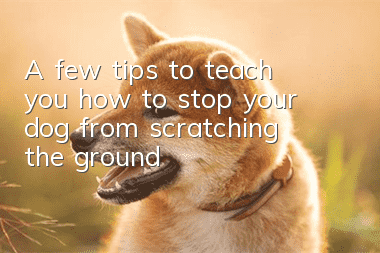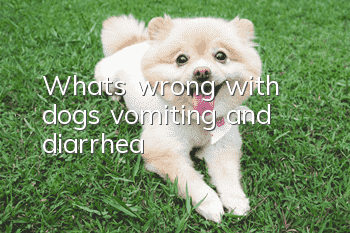Three stages of dog ability development

The cultivation of a dog's ability is a step-by-step process. Don't learn too much every day, otherwise the dog will be confused by what he has learned. Dog training is carried out in stages, and different rules must be observed at each stage to ensure orderly and efficient training.
Phase 1
Develop dogs to form basic conditioned reflexes for commands and gestures. The dog is required to perform actions based on verbal commands and hand gestures. The following four points should be noted at this stage:
1. You must choose a quiet environment to prevent external temptations and stimulation from interfering with training.
2. The dog’s correct actions should be rewarded in time, but the dog’s wrong actions should also be corrected promptly and patiently.
3. Generally, induction training should be done first, and then lighter mechanical stimulation should be used to force the dog to make movements.
4. In order to enable the dog to establish conditioned reflexes for commands and gestures at the same time, commands and gestures should be used together as much as possible during training.
Second stage
Complicate the conditions until the development of ability. This stage requires the dog to organically combine the independently formed conditioned reflexes to form a complete ability. The following two points should be noted at this stage:
1. The training environment should not be too complicated, but the training location and environment should be changed frequently.
2. The dog’s incorrect movements and delay in executing commands must be corrected in a timely manner, and forced methods must be used appropriately. But when the dog's correct action appears, sufficient rewards must be given in a timely manner.
The third stage
Exercise in complex environmental conditions. The dog is required to be able to smoothly perform complete movements in the presence of temptation and stimulation to meet the needs of actual use.
Usually, dogs are often taken to complex environments to let them adapt to various environments and new stimuli. At the same time, when cultivating the ability to adapt to complex environments, it is necessary to adapt to the dog's conditions to combine easy and difficult training conditions. Carry out practical training for dogs according to the needs of use and the characteristics of various subjects.
- Any tips for training a dog?
- Which deworming medicine for dogs is the best? Love Walker, Big Pamper, Super Trustworthy?
- How to feed puppies? The best way to feed your pet puppy!
- How old can a dog be vaccinated? What are the types and functions of vaccines?
- What should I do if my dog's home smells bad? How to remove dog odor?
- What causes dogs to suddenly drink water frequently?
- 3 big lies about Huskies not being worth money
- Disadvantages of dog neutering
- Can canine distemper be cured? How to treat it?
- Will canine distemper cause fever in the early stages?



